

Almost 200 school students descended on Imperial before the Easter break to take part in the UK Space Design Competition.
Their mission: to design a spaceport in orbit around the moon and be in with the chance to win a trip to NASA’s Lyndon B Johnson Space Center in America.
The annual event, now in its fifth year, gives UK students in years 10 to 13 a unique opportunity to design a space settlement for up to 10,000 people, in just 24 hours. Hosted at Imperial, the initiative aims to give students an insight into the joys and challenges of working in a large industrial team. It is hoped that the competition will lead to increased interest from students in science, engineering, technology, and mathematics.
“We don’t do any engineering at school, so this is completely new for us,” said Nan Hart, 16, from Pate’s Grammar School in Cheltenham. “Teachers are always saying that science can solve problems in the real world, but this is the first time we’ve seen that in action.”
On the first day of the competition students formed teams of around 40 people to design and develop every aspect of their space settlement, taking several factors in to account ranging from structural engineering and communications to entertainment on board, food production, construction timelines, and cost. On Sunday morning the companies presented their final design proposals to a panel of experts.
"Teachers are always saying that science can solve problems in the real world, but this is the first time we've seen that in action."
– Nan Hart
Student
Dr Randall Perry, an astrobiologist by training, and now a senior research investigator in the Department of Earth Science and Engineering at Imperial, is founder and Chair of the UK Space Design Competition. He said: “What we’re doing here is getting young people to solve problems for themselves. When they do that, the things they learn stick with them.” Making the teams so big simulates what it’s like to work on a big project for an engineering company, according to Dr Perry.
The winning team, made up of pupils from Watford Grammar School for Girls; the City of London Academy, Southwark, the Redcliffe Sixth Form centre, Bishop Hedley High School, and students from the Cardiff Regional Final, were praised by the judges for their attention to detail – including providing robotic pets to keep workers content in space.
Aidan Poon, 17, of City of London Academy, Southwark said: “I’m ecstatic to have won, I actually came second in the international competition last year, so this will be a chance for some redemption.”
Mid-way through the project, Alex Cureton-Griffiths, the UK project lead for Space Gambit, an international collaboration of space enthusiasts, gave a presentation on science; taking in everything from how to make a human drum machine to using apples as batteries. He also highlighted how impressed he was with the ideas the students suggested – some of which are already being put into practice. He said: “We’re interested in solving problems that inhibit space colonisation – things like how to grow food and produce energy in space. The designs the students have come up with this weekend are really interesting.”
Twelve members of the winning team will go to NASA’s Johnson Space Center in Houston, Texas to compete in the international finals of the competition in July.
For more information visit the UK Space Design Competition website.
Photography credit: M. Arvidson.

Article text (excluding photos or graphics) © Imperial College London.
Photos and graphics subject to third party copyright used with permission or © Imperial College London.
Reporters
Lucy Handford
Communications and Public Affairs

Contact details
Email: press.office@imperial.ac.uk
Show all stories by this author
Joshua Howgego
Department of Humanities

Contact details
Email: press.office@imperial.ac.uk
Show all stories by this author

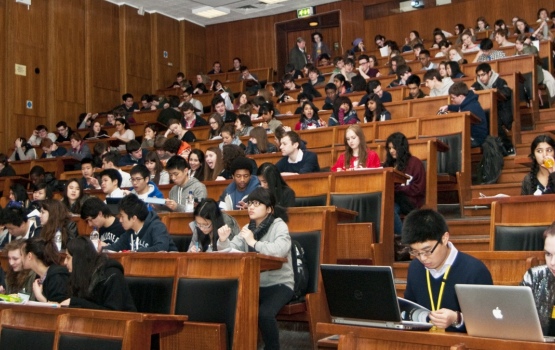
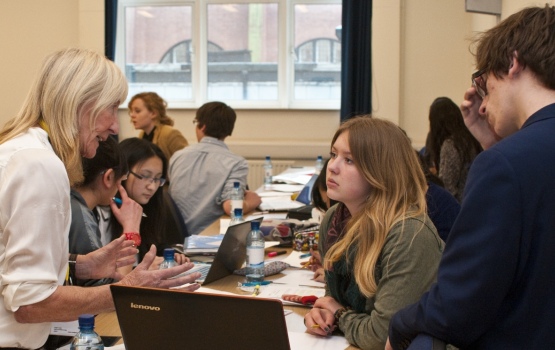
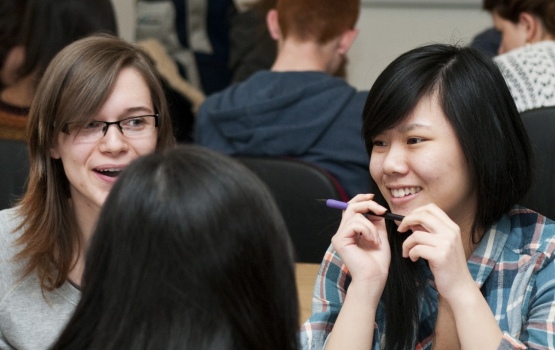
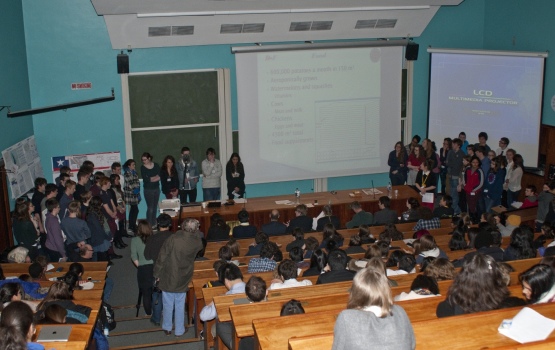
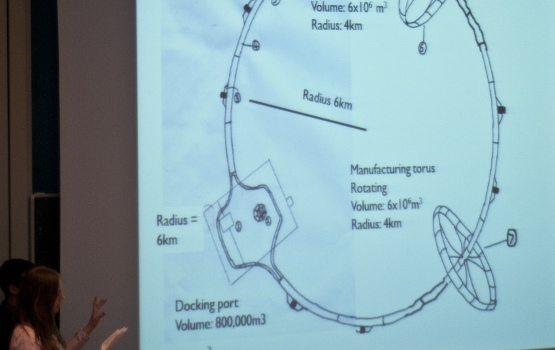
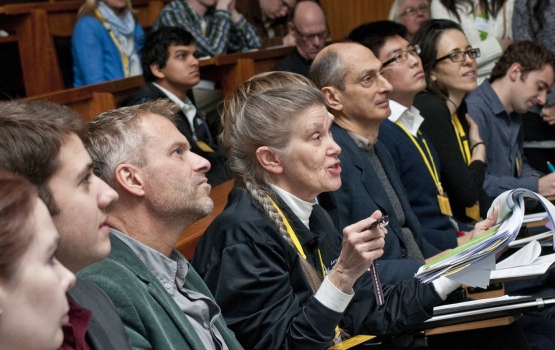
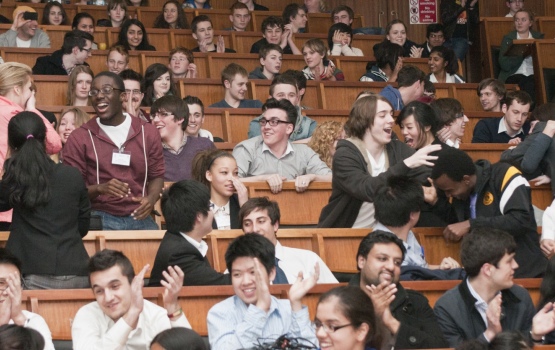







Leave a comment
Your comment may be published, displaying your name as you provide it, unless you request otherwise. Your contact details will never be published.